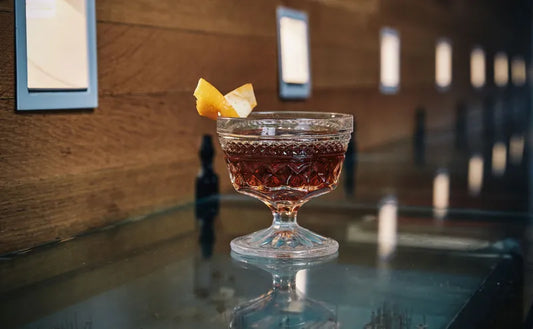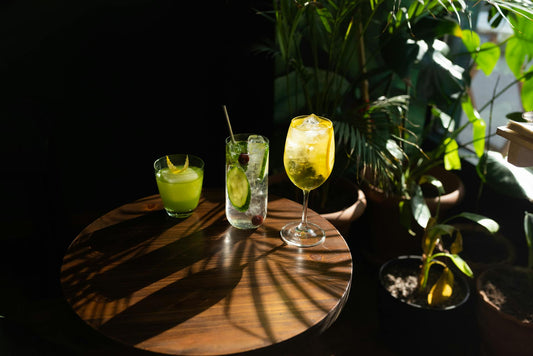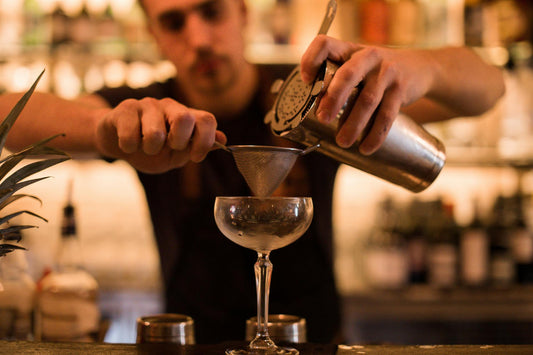Gin & Tonic: A Timeless Classic Cocktail Recipe and History
SWEET to SOUR
(1-10)
STRENGTH
(1-10)
CALORIES
STANDARD
DRINKS
Note: these values are approximate and may vary dependent on the ingredients and brands you use.
More information...
The Gin & Tonic is a classic cocktail that has stood the test of time, beloved by many for its refreshing qualities and simple preparation. This drink is a staple in bars and homes alike, often enjoyed on warm summer days or as a delightful aperitif before dinner. The combination of gin and tonic water creates a harmonious balance of flavors that is both invigorating and satisfying.
At the heart of the Gin & Tonic is Hayman's London Dry Gin, a spirit that embodies the traditional characteristics of gin with its juniper-forward profile and botanical complexity. The choice of gin can significantly influence the drink's overall taste, and Hayman's is known for its crisp and clean flavor, making it an excellent choice for this cocktail. The tonic water, in this case, is Thomas Henry Tonic Water, which is crafted to complement the botanicals in the gin rather than overpower them. This tonic is slightly less sweet than some commercial brands, allowing the gin's flavors to shine through while still providing that essential effervescence.
The preparation of a Gin & Tonic is straightforward, yet it offers a ritualistic pleasure. To make this drink, one simply fills a glass with ice, pours in 50 ml of Hayman's London Dry Gin, and then adds 120 ml of Thomas Henry Tonic Water. A gentle stir is all that is needed to combine the ingredients, and a slice of lemon can be added as a garnish to enhance the drink's aromatic profile. The citrus notes from the lemon not only add a visual appeal but also a zesty brightness that elevates the overall experience.
In terms of alcohol strength, the Gin & Tonic is rated at 7 out of 10, making it a moderately strong drink. With an alcohol content of 11.01% by volume, it provides a pleasant buzz without being overwhelming. This makes it an ideal choice for social gatherings, where one can enjoy a few without feeling too intoxicated. The drink contains approximately 150 calories, which is relatively low compared to many other cocktails, making it a popular choice for those who are mindful of their caloric intake.
The taste profile of the Gin & Tonic leans towards the dry side, rated at 7 out of 10 on the sweet to sour scale. This balance is what makes it so appealing; the slight bitterness of the tonic water complements the herbal notes of the gin, creating a refreshing drink that is neither too sweet nor too sour. The carbonation from the tonic adds a lively effervescence that enhances the drinking experience, making each sip crisp and invigorating.
Interestingly, the Gin & Tonic has a rich history that dates back to the British colonial era when gin was mixed with tonic water, which contains quinine, a treatment for malaria. This practical combination soon evolved into a popular drink, enjoyed for both its taste and its perceived health benefits. Today, the Gin & Tonic is celebrated not just for its refreshing qualities but also for its versatility, as bartenders experiment with various gins, tonics, and garnishes to create unique variations of this timeless cocktail.
In conclusion, the Gin & Tonic is more than just a drink; it is a cultural icon that represents a blend of tradition and modernity. Its simplicity, combined with the potential for creativity, ensures that it will remain a favorite for generations to come.



